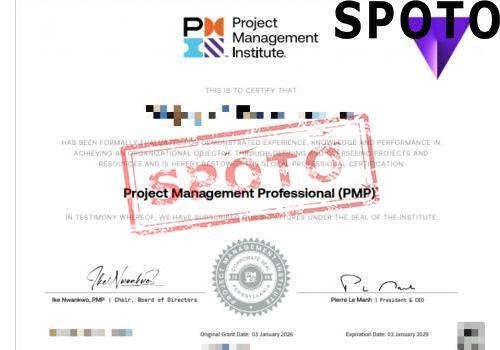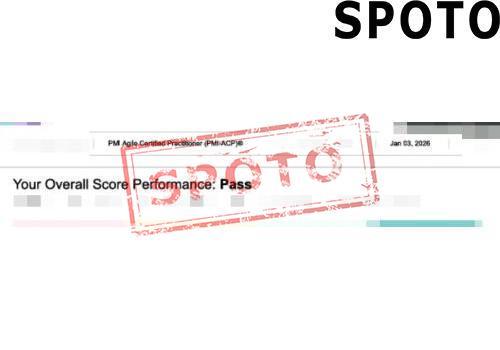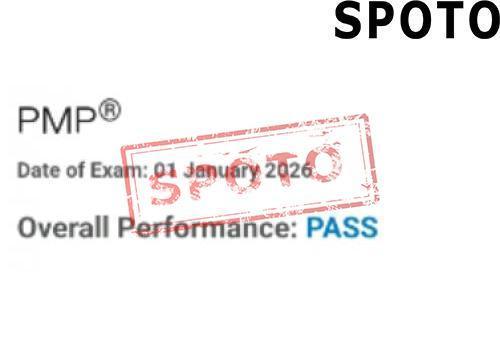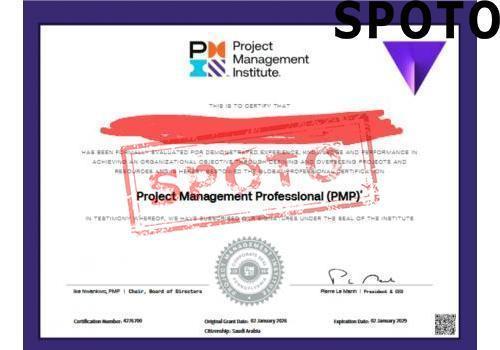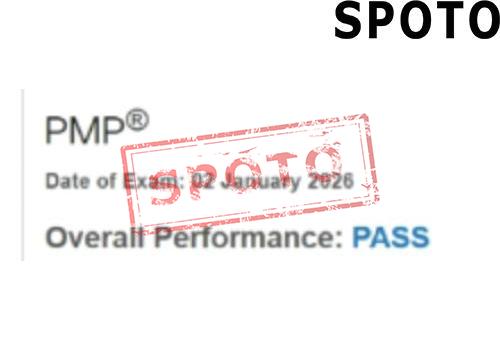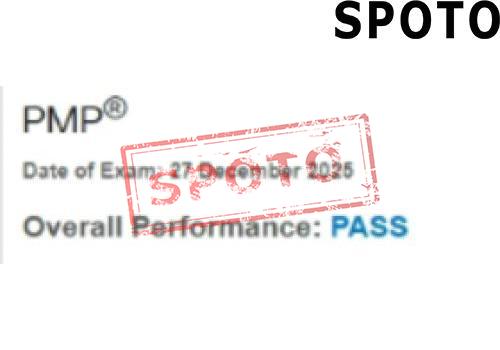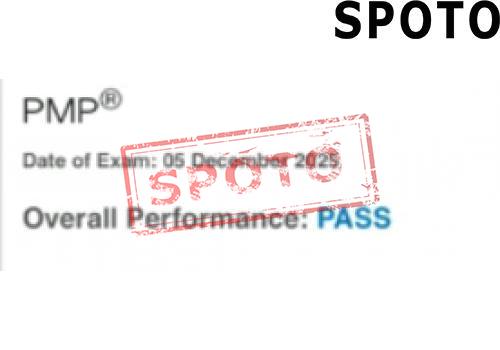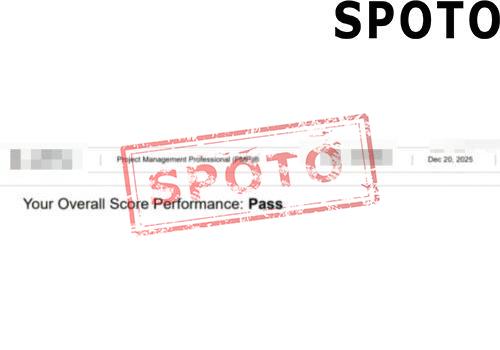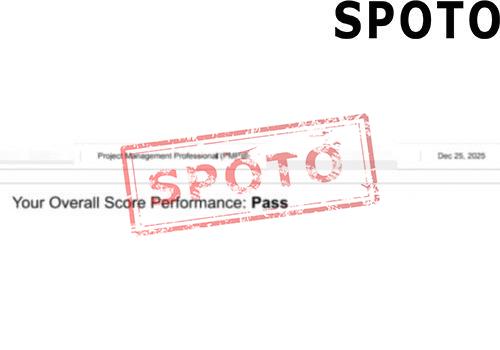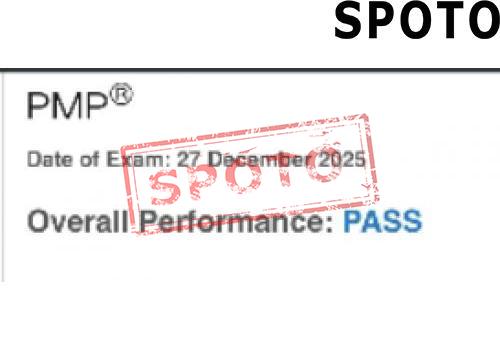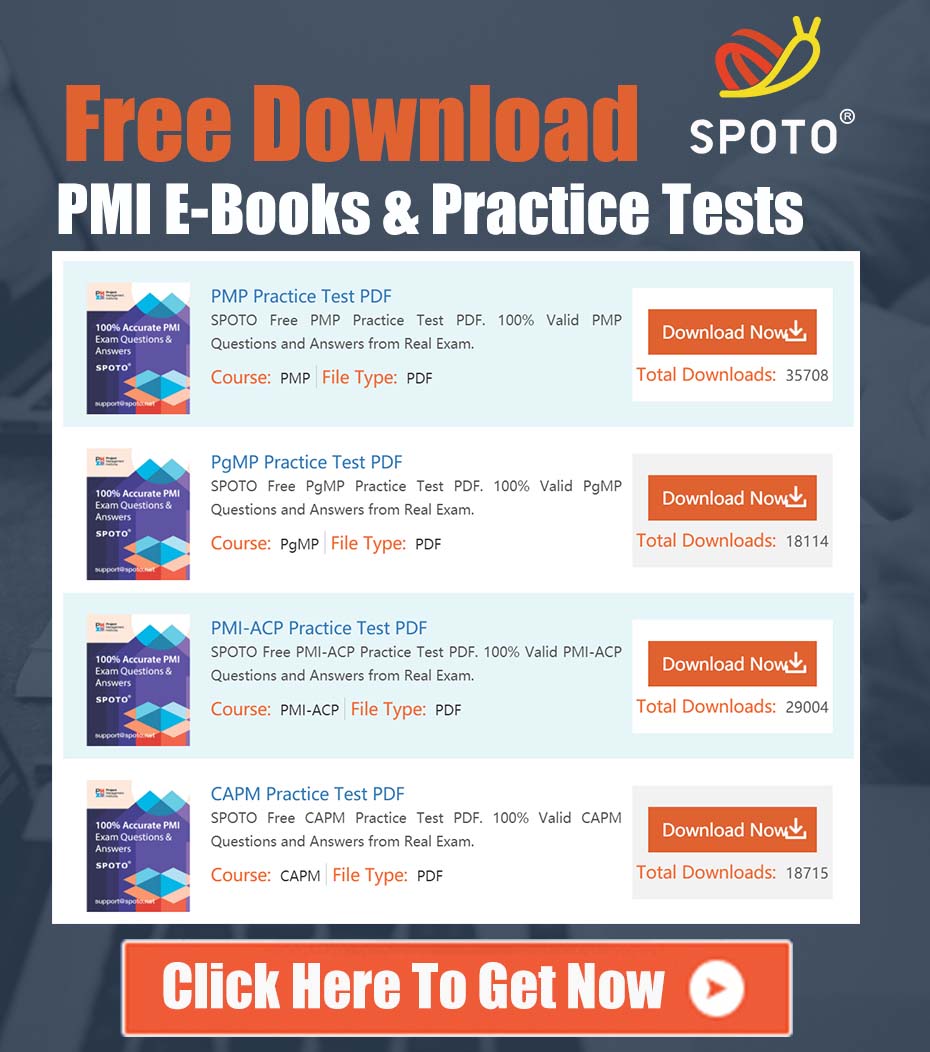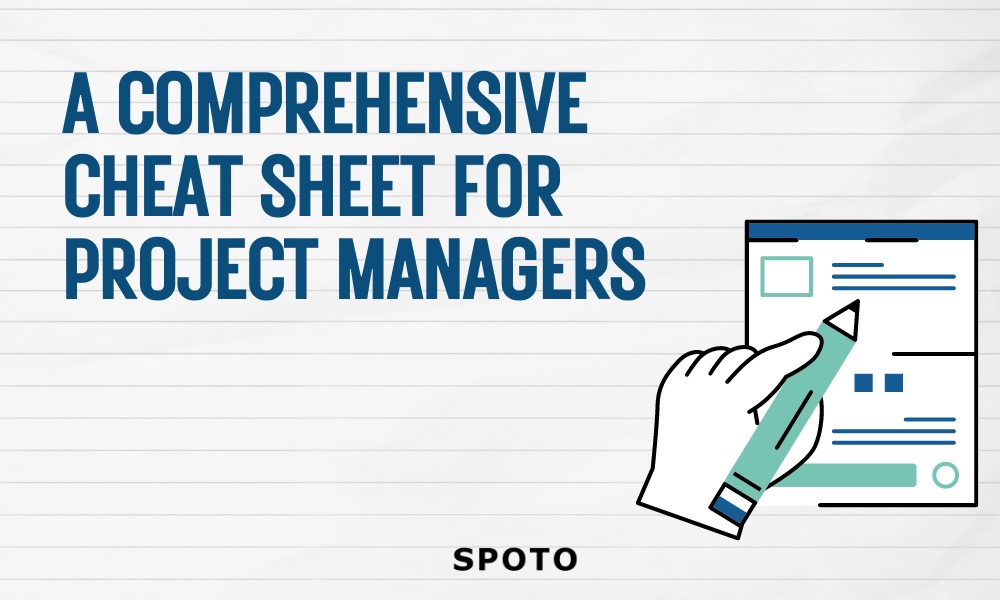
Table of Contents
Introduction to PMP Formulas
The mastery of Project Management Professional (PMP)® formulas is a critical endeavor for individuals aiming to excel in project management. These formulas serve as the backbone for quantifying project performance, facilitating precise decision-making and strategic planning. In the dynamic sphere of project management, where every variable counts, the application of these formulas empowers managers to predict outcomes, assess project health, and ensure resource optimization.
A cheat sheet for PMP formulas emerges as an indispensable tool for project managers. It acts as a quick reference guide, aiding professionals in navigating through the complex landscape of project evaluation and management. This concise compilation not only enhances efficiency but also boosts confidence in employing mathematical concepts to real-world scenarios. By demystifying the complexity of critical calculations, a cheat sheet equips project managers with the acumen to apply these formulas effectively, thereby elevating their project management capabilities.
Key PMP Formulas and their Applications
Mastering Project Management Professional (PMP)® formulas is crucial for effectively navigating the complex landscape of project management. This comprehensive guide elucidates the essential formulas, ensuring project managers have the tools needed for precise decision-making.
Earned Value Management (EVM) Formulas
- Cost Performance Index (CPI): Reflects the cost efficiency of budgeted resources, calculated as the ratio of earned value to actual cost.
- Schedule Performance Index (SPI): Indicates the efficiency of time usage, determined by comparing the earned value with the planned value.
- Cost Variance (CV): Measures the difference between the earned value of work performed and the actual cost incurred.
- Schedule Variance (SV): Assesses the variance between earned value and the scheduled value, serving as a gauge for project schedule adherence.
Critical Path Method (CPM) Formulas
- Total Float (TF): Quantifies the leeway in delaying task commencement without impacting the project deadline.
- Free Float (FF): Calculates the potential delay for a task without affecting subsequent tasks.
- Project Slack (PS): Identifies the total flexibility in project scheduling without altering the final delivery date.
Probability and Risk Management Formulas
- Expected Monetary Value (EMV): Estimates the potential financial impact of risks by multiplying their probability with the monetary outcomes.
- Standard Deviation (SD): Assesses the variance of project outcomes, offering insight into the uncertainty level.
- Risk Exposure (RE): Combines the probable impacts of identified risks, providing a comprehensive risk profile.
Quality Management Formulas
- Cost of Quality (COQ): Evaluates the total cost of ensuring quality, including prevention, appraisal, and failure costs.
- Defects per Million Opportunities (DPMO): Measures the likelihood of defects in a process, facilitating quality improvement.
- Cost of Non-Conformance (CONC): Calculates the expenses related to not meeting quality standards, such as rework and scrap.
Understanding PMP Formulas in Depth
In the realm of project management, mastering PMP (Project Management Professional) formulas equips you with the expertise to forecast, plan, and execute projects with precision. This section dives into the intricacies of these formulas, illuminating their purpose, significance, and the methodology for applying them effectively.
Explaining Each Formula's Purpose and Significance
At the core of project management success is the ability to measure and control project performance. PMP formulas serve as the backbone for this, enabling managers to assess financial efficiency, schedule adherence, risk management, and quality control. For instance, Earned Value Management (EVM) formulas like the Cost Performance Index (CPI) and Schedule Performance Index (SPI) are pivotal for evaluating the cost efficiency and timeliness of project execution.
Similarly, the Critical Path Method (CPM) formulas, such as Total Float (TF) and Free Float (FF), are essential for identifying the longest stretch of dependent activities and understanding project schedule flexibility. Furthermore, formulas related to Probability and Risk Management and Quality Management, like Expected Monetary Value (EMV) and Cost of Quality (COQ), respectively, provide insights into potential risks and the financial implications of quality initiatives.
Demonstrating How to Calculate and Interpret the Results
To grasp the practical application of these formulas, consider the EVM formula for Cost Variance (CV), which is calculated as Earned Value (EV) minus Actual Cost (AC). A positive CV indicates that the project is under budget, serving as a green flag for financial health. On the other hand, the Schedule Variance (SV), determined by subtracting the Planned Value (PV) from EV, offers insight into project timing, with positive values signaling ahead-of-schedule progress.
Turning to the Critical Path Method, Total Float (TF) calculation, which is the difference between the earliest and latest start times of a task, helps in identifying schedule flexibility. This is crucial for managing deadlines and allocating resources efficiently. In the realm of risk management, the Expected Monetary Value (EMV) of a risk event is calculated by multiplying its probability by the financial impact. This quantifies potential risks in monetary terms, enabling more informed decision-making.
In conclusion, the adept application and interpretation of PMP formulas not only enhance project oversight but also bolster decision-making capabilities, leading to more successful project outcomes. As we proceed, practical examples will further demystify these calculations, showcasing their real-world relevance and utility.
IV. Real-World Examples and Case Studies
Delving into the realm of Project Management Professional (PMP)® certifications, mastering the myriad of formulas is not just about memorization but understanding their practical application. This section illuminates the utilization of PMP formulas in real-world scenarios, demonstrating their pivotal role in navigating the complexities of project management.
A. Applying PMP Formulas in Practical Project Scenarios
The essence of PMP formulas transcends theoretical knowledge, finding its true value when applied to tangible project challenges. Consider a project aimed at developing a new software application, with a predefined budget and timeline. By employing the Earned Value Management (EVM) formulas, such as the Cost Performance Index (CPI) and Schedule Performance Index (SPI), the project team can meticulously track their financial and time efficiency. These indices, by offering insights into cost overruns or schedule delays, empower project managers to enact corrective measures, thereby safeguarding the project's alignment with its financial and temporal objectives.
B. Analyzing the Outcomes and Impact on Project Success
In a scenario where the CPI is less than 1, indicating that the project is over-budget relative to its actual progress, and the SPI is also below 1, signifying a lag in the schedule, the project manager leverages these insights for course correction. By recalibrating resources and adjusting timelines, not only does the project get back on track, but this strategic intervention also averts potential project failure. This example underscores the indispensability of EVM formulas in fostering a proactive rather than reactive project management approach.
Moreover, incorporating the Critical Path Method (CPM) formulas such as Total Float (TF) and Free Float (FF) into project planning and execution phases enables project managers to identify and monitor the project's most critical tasks. This vigilance ensures that project milestones are met and deliverables are achieved within the stipulated timeframe, directly contributing to the project's overall success.
Similarly, by applying Probability and Risk Management formulas, such as Expected Monetary Value (EMV) for potential risks, project managers can quantify risk impacts and make informed decisions on whether to accept, mitigate, transfer, or avoid risks. This strategic risk assessment and management significantly enhance the project's resilience and likelihood of success.
Conclusion
These examples delineate the quintessential role of PMP formulas in the labyrinth of project management. By applying these formulas to dissect project performance and health, project managers are better equipped to steer their projects towards successful completion, demonstrating the practical prowess and indispensable value of these formulas in the real world.
V. Tips for Memorizing PMP Formulas
Mastering Project Management (PMP) formulas is a critical pillar to becoming an effective Project Manager. The ability to remember and apply these formulas plays a significant role in executing successful projects. Given their complexity, having effective techniques at hand for memorizing them can be of considerable help. Below, we provide some handy techniques and mnemonic devices that can facilitate easier recall.
A. Effective Techniques for Retaining Complex Formulas
Various proven techniques are available to help you retain complex PMP formulas. Firstly, repetition is crucial. Regularly reviewing and using the formulas helps reinforce memory over time. Secondly, use of visualization techniques is highly recommended. Diagrams, flowcharts, and graphs may help to link theoretical formula concepts with real-life scenarios, ultimately enhancing recollection. Lastly, teaching these formulas to someone else can help you solidify your understanding and retention. Explaining complicated concepts in simpler terms leads to stronger and longer-lasting memory recall.
B. Mnemonics and Memory Aids for Quick Recall
Mnemonics and other memory aids can also optimize the recollection of PMP formulas. For example, remembering the acronym 'PER' for Probability x Impact = Risk can be a quick way to recall the Risk Exposure formula. Likewise, for the Earned Value Management (EVM) formulas, a combined mnemonic like 'SAP, CIS' can remind you that Schedule Variance (SV) = Actual Cost (AC) - Planned Value (PV), and Cost Performance Index (CPI) = Earned Value (EV) / Actual Cost (AC). Flashcards with formula trigger phrases or graphics on one side and the matching formula on the other side also prove useful. Periodically testing yourself with such flashcards can reinforce memorization. With these techniques and aids, you can strengthen your fluency and swift recall, enabling you to apply PMP formulas more effectively in your Project Management tasks.
VI. Common Mistakes to Avoid with PMP Formulas
Termed as the backbone of successful project management, PMP formulas can sometimes be mishandled or misinterpreted, leading to project inaccuracies. Let's delve into some common mistakes made in utilizing these formulas and explore recommended practices to evade these pitfalls.
A. Identifying Potential Errors in Formula Application
At times, project managers may make the mistake of using the wrong PMP formula for a given situation or misunderstanding the formula's appropriate use. Let's examine a few typical mistakes:
- Incorrect Interpretation of EVM Results: One common mistake pertains to the interpretation of EVM (Earned Value Management) results. A CPI of more than 1 is viewed as favorable, and similarly, an SPI of more than 1 shows a project ahead of schedule. However, the misinterpretation occurs when these numbers are mistakenly taken as the percentage of project progression.
- Misuse of Critical Path Method Formulas: The calculation of Total Float (TF) and Free Float (FF) could be another area of prevalent errors. TF and FF show the elasticity in a project schedule. However, misunderstanding them as task buffer times might lead to schedule inaccuracies.
- Confusion between Different Quality Indices: Mixing up formulas related to Cost of Quality (COQ) and Defects per Million Opportunities (DPMO) is another typical error. Misapplying these formulas could lead to misleading understanding of project quality standards.
B. Best Practices for Avoiding Miscalculations
To avoid such mistakes, adopt the following best practices:
- Understanding the Purpose of Each Formula: Before applying any formula, develop a clear understanding of its core purpose and practicality in a specific project scenario.
- Regular Validation of Calculations: Regularly cross-check your calculations with baseline plans and project control tools to minimize computational errors.
- Mnemonic Aids and Memory Techniques: Use mnemonic aids and memory techniques to assist in correctly recalling formulas under specific project contexts.
- Continuous Learning and Application: Keep yourself updated with the latest project management literature and actively engage in online discussions to understand the nuances of each formula and its real-world applications.
By sidestepping common pitfalls in the use of PMP formulas and employing recommended practices, project managers can truly harness the power of these formulas to optimize project outcomes.
VII. Resources for Further Learning
Navigating through the project management landscape requires constant learning. The following are some of the recommended resources for expanding your knowledge about PMP formulas:
A. Recommended Books, Courses, and Websites on PMP Formulas
- "A Guide to the Project Management Body of Knowledge (PMBOK Guide)" - the project management bible, packed with PMP formulas and practical examples of using them.
- "PMP Exam Prep" by Rita Mulcahy - a top choice for PMP candidates, this book contains several chapters specifically focusing on PMP calculations and formulas.
- Master of Project Academy - offers a comprehensive online PMP course including the in-depth coverage of PMP formulas.
- Project Management PrepCast - a high-quality video course that thoroughly explains PMP formulas.
- PMPFormulaStudyGuide.com - a dedicated website to demystify PMP formulas, providing detailed examples and study tips.
B. Online Forums and Communities for Discussing PMP Formulas
- PMI's ProjectManagement.com - hosts forums where members can discuss the ins and outs of PMP formulas.
- Reddit's PMP Certification community - an interactive platform where you can get insights, ask questions, and share experiences about PMP formulas.
- LinkedIn's PMP Certification Group - a professional community where project managers across the globe engage in discussions about PMP formulas and more.
- Quora's PMP Topic - a Q&A platform full of discussions and expert insights into various PMP formulas.
VIII. Conclusion
The intricate tapestry of project management is replete with challenges that demand precision, foresight, and a strategic understanding of variables that influence project outcomes. Within this complex framework, Project Management Professional (PMP) formulas stand as pillars of knowledge, empowering managers to navigate through the multifaceted dimensions of project execution with confidence and accuracy. These formulas, far beyond mere mathematical expressions, are vital tools for assessing project health, making informed decisions, and ensuring alignment with the project's strategic objectives and timelines.
Encapsulated within the realm of PMP formulas are the keys to unlocking project success—enabling project managers to quantify progress, evaluate efficiency, manage costs, and forecast project trajectories with precision. The importance of these formulas transcends basic utility, embodying the essence of effective project management through quantitative analysis and qualitative insight. Thus, the cheat sheet provided here is more than a mere compilation of formulas; it is a beacon guiding project managers through the complexities of project execution, offering clarity amidst the chaos of variables and uncertainties.
In light of this, project managers and aspirants are encouraged to embrace this comprehensive cheat sheet not just as a reference tool, but as a companion in their journey towards project management excellence. By integrating these formulas into their daily practices, professionals can elevate their project management skills, enhance their decision-making processes, and ultimately contribute to the successful realization of project objectives. Let this cheat sheet serve as a testament to the power of knowledge, a tool for empowerment, and a catalyst for success in the dynamic world of project management.
